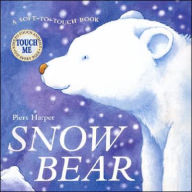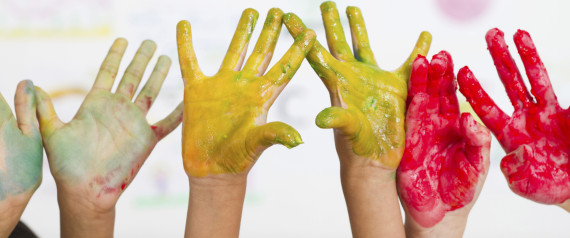After years of budget cuts, and a narrowing of curriculum at
public schools across the country, urban school districts, such as New
York and Chicago, are taking bold steps to expand the school day
curriculum and once again invest in arts education.
Owing largely
to mandates of the federal No Child Left Behind Act, school districts
of all sizes spent years focusing educational goals very narrowly on
improving test scores in just two subject areas -- English Language Arts
and Math. This came at the expense of the arts, music, and other
subject areas that were not being tested.
Fortunately, the tide may be turning, and arts education may be making comeback.
Take New York for example. This past July, after a
multi-year campaign organized by
The Center for Arts Education, and the release of a
ground-breaking report
by the City Comptroller that revealed major inequities in the delivery
of arts education in city schools, Mayor Bill de Blasio and the City
Council agreed to a four-year $92 million investment to improve and
expand arts education citywide.
In the first year alone,
the initiative
has led to the hiring of arts teachers in 84 city schools that were
underserved in the arts. Over 120 schools have also received grants to
partner with the city's rich array of arts and cultural organizations to
address pressing educational priorities, including engaging English
language learners and students with special needs, and fostering parent
engagement through the arts. And over $8 million has been committed to
purchase instruments and technology and to refurbish neglected arts
spaces in city schools.
Chicago has made an equally
impressive commitment.
Under the leadership of Mayor Rahm Emanuel, the city undertook a
cultural planning process in which community members identified arts
education as one of the city's most pressing cultural needs. The Mayor
responded with a commitment to increase the number of arts teachers in
Chicago Public Schools, and the district's first
arts education plan
was adopted by the board of education which made arts a core subject,
increased the dedicated minutes of weekly arts instruction in K-8, and
added professional development opportunities for arts teachers and
general classroom teachers alike.
And through the work of
Ingenuity,
the organization implementing the arts plan with Chicago Public
Schools, an already engaged community of arts organizations and
philanthropic partners are more engaged than ever in expanding access to
arts education. Along with the city's recent commitment of $10 million
for the current school year, the philanthropic sector has already
pledged $12 million towards the goal of raising $38 million to fully
implement the arts plan, and ensure the arts reach every child.
Los Angeles,
Seattle and
San Diego,
as well as other large and small school districts alike, have also
embarked on efforts within the last several years to bolster dwindling
arts education opportunities in their schools. And while all of these
efforts will have their growing pains and
critics, the momentum is real, as are the dollars.
So, what gives?
The
steady drumbeat of parents making the case against increased testing in
public schools is finally being heard at school board meetings, in city
government, and in the halls of Congress.
The
growing backlash
against the test-heavy mandates of No Child Left Behind -- and more
currently the adoption of the Common Core state standards -- coupled
with an economic upswing and increasing revenues for cities and school
districts has presented a unique window of opportunity to redefine what
is expected from a public school education.
In announcing New
York City's new initiative, Mayor de Blasio spoke of the spark that the
arts light in students, but importantly noted that, "The investments we
are making here won't just help our students explore music, dance and
the arts. They will help these children grow in a way that helps them
succeed in school and in life."
In fact, according to a
2012 report
by the National Endowment for the Arts, students who have access to the
arts also tend to have better academic results overall, better
workforce opportunities, and more civic engagement. And these benefits
are most pronounced for students of low socioeconomic status.
Big
city mayors, school superintendents, and even the federal government,
are noticing these results and taking advantage of opportunities to
infuse the arts and music into the school day, and let them act as a
turnaround agent for struggling schools.
However,
the landscape is ever shifting. Powerful forces are calling for even
narrower accountability for schools, as well as teachers, based on
student test scores, and support for public schools is always tenuous in
light of other funding priorities. And students in high poverty
elementary schools are still 50 percent less likely to have access to
arts and music classes.
What comes next is up to us. If arts
education is truly going to be the comeback kid, we'll need to learn
from, and build upon, the initial successes of cities like New York and
Chicago, while continuing to make a clear and compelling case for the
arts and creative learning as a centerpiece of a quality education.








































